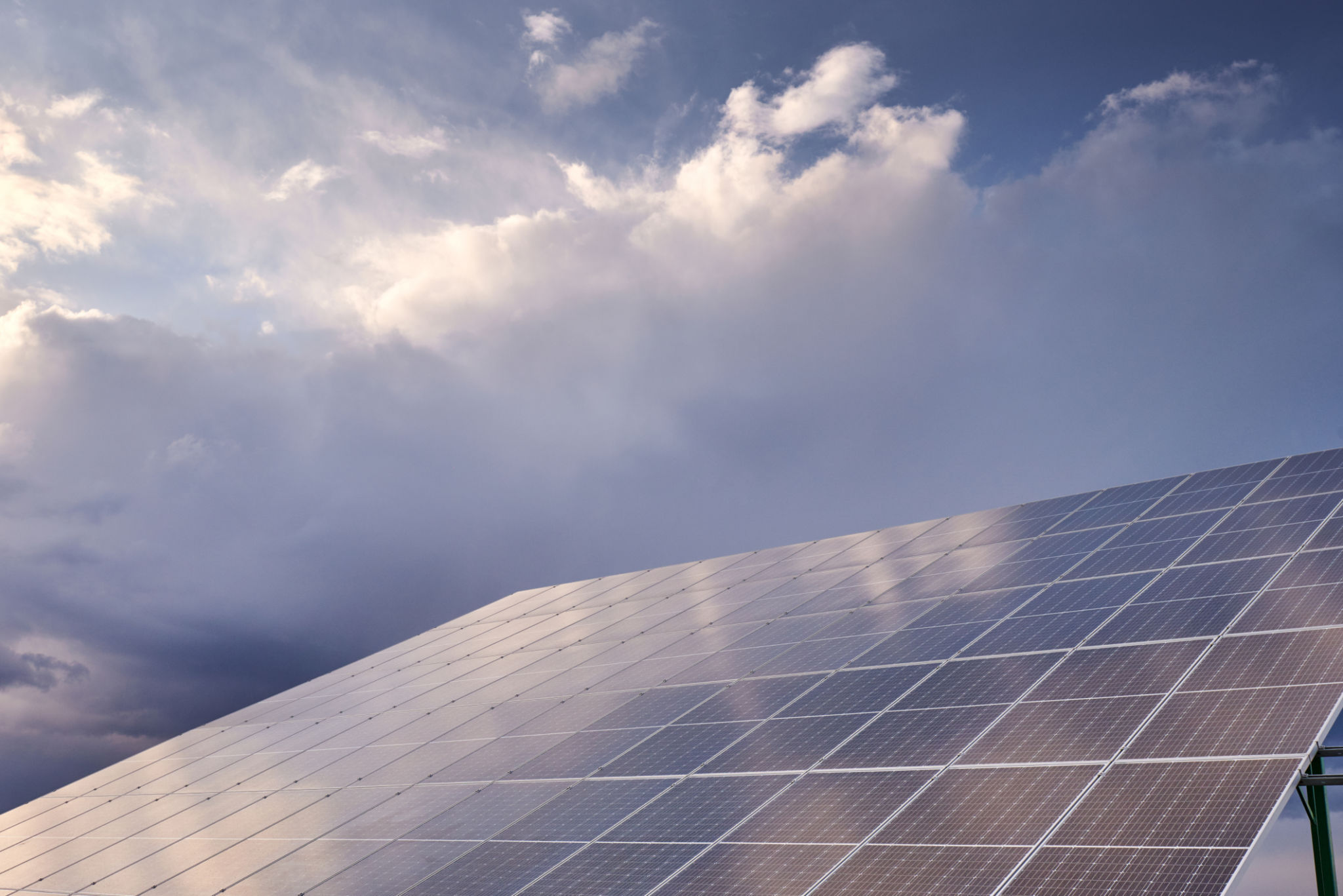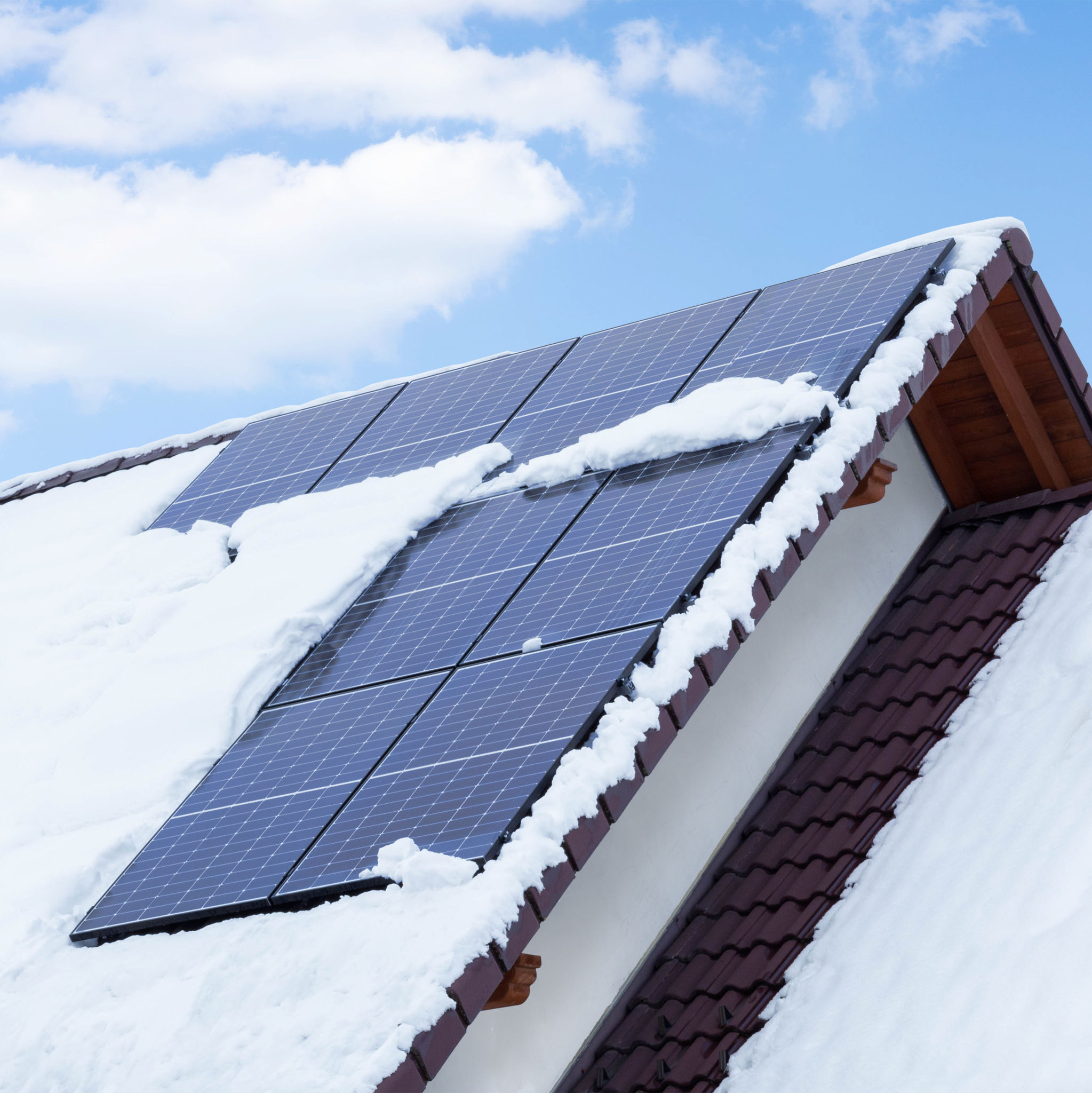The Impact of Seasonal Changes on Solar Energy in Madhya Pradesh
Understanding Solar Energy in Madhya Pradesh
Madhya Pradesh, located in the heart of India, is a state with diverse climatic conditions that impact the generation and efficiency of solar energy. With an abundance of sunlight throughout the year, it presents significant potential for solar energy harnessing. However, seasonal changes can affect the output and reliability of solar power systems.
How Seasons Influence Solar Energy Output
The state experiences three primary seasons: summer, monsoon, and winter. Each of these seasons presents unique challenges and opportunities for solar energy production. During the summer months, from March to June, Madhya Pradesh experiences high temperatures and clear skies, making it an ideal time for solar energy generation. The extended daylight hours during this period further enhance solar panel efficiency.

The Monsoon Challenge
Monsoon season, which lasts from July to September, brings significant rainfall and cloudy skies. These conditions can lead to reduced solar energy output due to limited sunlight exposure. Rainwater can also accumulate on solar panels, requiring regular maintenance to ensure optimal performance. However, the cooling effect of rain can help reduce the overheating of panels, potentially improving their efficiency when they do receive sunlight.
Winter's Effect on Solar Energy
Winter in Madhya Pradesh spans from November to February, characterized by shorter days and cooler temperatures. Although the reduction in daylight hours can decrease energy output, the clearer skies often found during winter months can somewhat compensate for this. Additionally, the lower temperatures can prevent overheating of photovoltaic cells, thus maintaining efficiency.

Optimizing Solar Energy Usage
To maximize the benefits of solar energy throughout the year, it's crucial to consider seasonal variations in planning and installation. Here are some strategies to optimize solar energy usage:
- Install adjustable solar panels that can be tilted according to the sun's angle during different seasons.
- Regularly clean and maintain solar panels, especially after heavy rains or dust storms.
- Incorporate energy storage solutions such as batteries to manage periods of low production.
- Use smart grid technology to efficiently distribute and utilize generated power.
The Future of Solar Energy in Madhya Pradesh
Madhya Pradesh is making strides in advancing its solar infrastructure to counteract the challenges posed by seasonal changes. Government initiatives and investments are driving the development of large-scale solar projects across the state. By focusing on innovation and sustainable practices, Madhya Pradesh is positioning itself as a leader in solar energy production in India.

Conclusion
The impact of seasonal changes on solar energy in Madhya Pradesh highlights the importance of adaptive strategies and technological advancements to harness this renewable resource effectively. By understanding these seasonal dynamics and implementing measures to mitigate their effects, the state can continue to expand its solar capacity and contribute to a more sustainable energy future.
